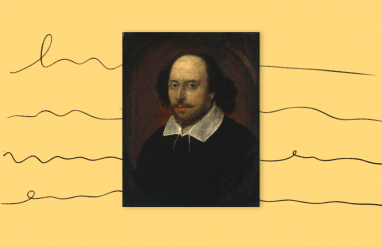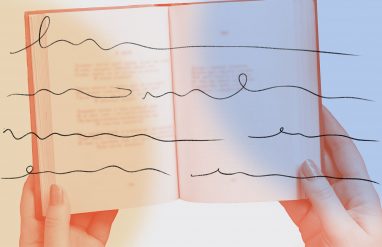When it comes to talking about poetry, oftentimes the terminology can be as complex as the poems themselves. That said, you don’t have to know the following prosody terms to do scansion, or to analyze the meters of poems, but they certainly help. In honor of National Poetry Month in April, we are reviewing our next-level poetry vocab, from anapest to zeugma.
If you’re new to poetry terms, we recommend you start with our breakdown of essential poetic terms to begin with, and then come back here to take on an additional challenge.


























